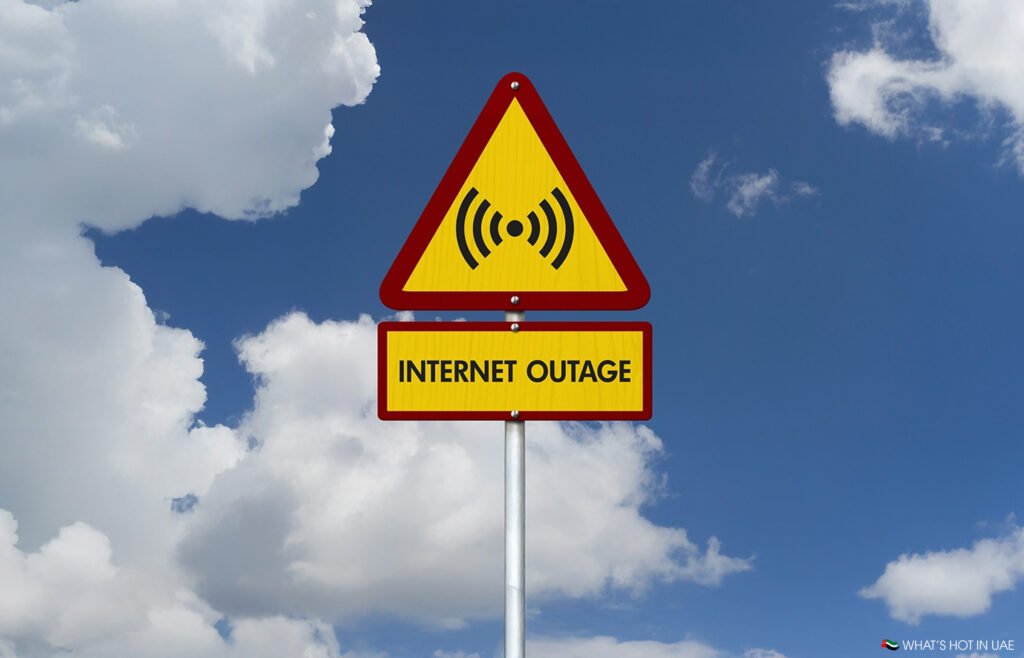The internet broke this morning. Not entirely, but enough to send millions into mild panic as Snapchat, Ring doorbells, and even the UK tax website suddenly stopped working. The culprit? Amazon Web Services, the invisible backbone holding up much of the digital world.
Around 8am UK time—that’s midday here in the UAE—reports started flooding in. DownDetector lit up red across continents. Users couldn’t send Snaps, access their banking apps, or even continue their Duolingo streaks. For a few hours, the modern internet felt remarkably fragile.
What Actually Happened
Amazon Web Services experienced what it diplomatically called “increased error rates.” Translation: something went seriously wrong. The issue traced back to DNS resolution failures in AWS’s US-EAST-1 region, a massive data hub in Northern Virginia that powers thousands of apps and websites globally.
DNS is essentially the internet’s address book. When it fails, apps can’t find the servers they need. Everything grinds to a halt. AWS engineers were “immediately engaged and actively working” on fixing it, according to Amazon’s status page. They identified a potential root cause but didn’t offer a timeline for full restoration.
This wasn’t a minor hiccup. It was a reminder of how centralised our digital lives have become.
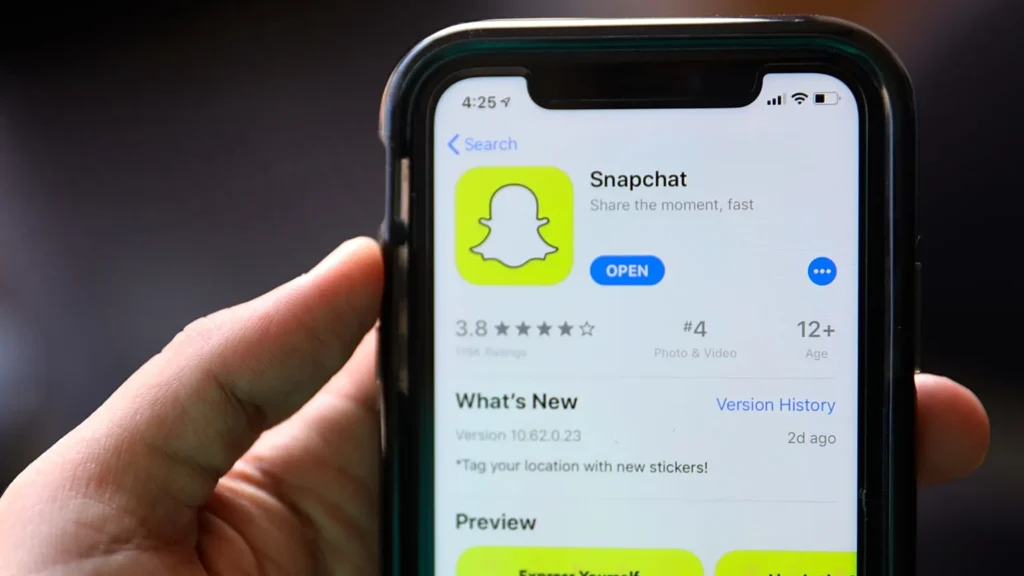
Who Got Hit
The list of affected services reads like a day in the life of anyone with a smartphone. Snapchat went dark, leaving users unable to send messages or load stories. Ring doorbells stopped recording. Discord channels froze mid-conversation.
Gamers had it particularly rough. Roblox, Fortnite, and Pokémon Go all reported login failures and server instability. Players found themselves kicked out mid-game or staring at error screens instead of their virtual worlds.
Productivity tools weren’t spared either. Canva users couldn’t access their designs. Duolingo learners lost their daily progress. Even Amazon’s own services—Prime Video and Amazon Music—struggled to stream, which felt almost poetic given the source of the problem.
UK banks including Lloyds, Halifax, and Bank of Scotland reported downtime. The HMRC website, responsible for UK tax filings, couldn’t load properly. Government infrastructure, banking platforms, entertainment—all brought down by a single point of failure.
Why AWS Matters So Much
Amazon Web Services isn’t just another tech company. It’s the infrastructure layer that most of the internet runs on. Think of it as the electricity grid for digital life. When you open Snapchat or order from a food delivery app, part of what makes it work happens on AWS servers.
The model is brilliant for efficiency. Companies rent computing power and storage instead of building their own data centres. Startups can scale globally without massive upfront investment. Giants like Netflix, Zoom, and Twitch rely on AWS to deliver their services to millions simultaneously.
But efficiency creates vulnerability. When one AWS region fails, every app depending on that region can collapse instantly. US-EAST-1 isn’t just any region—it’s one of Amazon’s largest and busiest hubs. A failure there ripples across continents.
AWS generated $108 billion in revenue last year. It accounts for the majority of Amazon’s profits and dominates the cloud computing sector alongside Google Cloud and Microsoft Azure. That dominance means its problems become everyone’s problems.
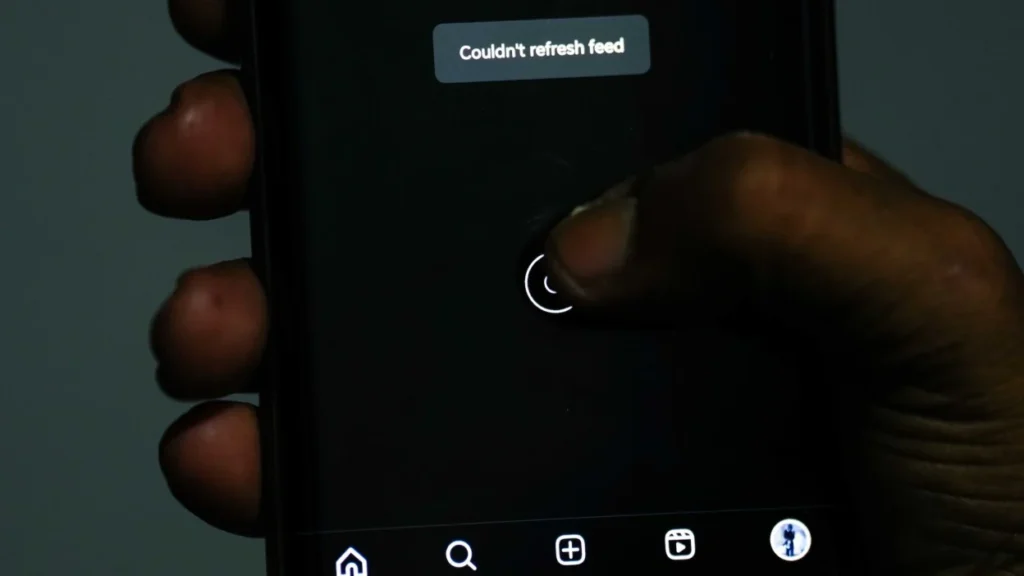
The Domino Effect
This isn’t AWS’s first rodeo. Similar outages hit in 2020, 2021, and 2023. Each time, the same pattern emerged: one technical failure cascading across seemingly unrelated services. Social networks, financial platforms, government websites—all trace back to the same infrastructure.
Cybersecurity experts have warned about this for years. Redundancy measures exist, but DNS and network-level issues can still cause widespread slowdowns. In this case, a single failure in Northern Virginia affected users in Europe, Asia, and the Middle East.
The interconnectedness is remarkable and terrifying. Your doorbell camera, your banking app, and your favourite game all depend on the same distant servers. When those servers falter, modern life suddenly feels very analogue.
UAE Users Felt It Too
The outage hit during midday in the UAE, right when many residents were settling into lunch breaks or wrapping up morning work. Snapchat users couldn’t load stories. Remote workers relying on cloud-based tools found themselves staring at loading screens. Gamers in Dubai and Abu Dhabi couldn’t log into Fortnite or Roblox.
Ring doorbell users—increasingly common in UAE villas and apartments—lost access to their security feeds. That’s not just inconvenient. For many, it’s a genuine security concern when you can’t check who’s at your door or review footage.
Banking disruptions primarily affected UK-based accounts, but expats with Lloyds or Halifax accounts felt the sting. International connectivity issues meant even some UAE-based platforms experienced slower load times as data requests bounced through affected regions.
Social Media Erupts
Within an hour of the outage beginning, hashtags like #AWSDown, #SnapchatDown, and #CanvaNotWorking started trending. Users vented frustrations, shared memes, and commiserated over broken Snapchat streaks. The outage became its own cultural moment.
“My Ring Doorbell is offline and I’m mildly paranoid,” one user tweeted. “Can’t send Snaps and honestly don’t know what to do with my hands,” joked another. DownDetector heatmaps showed bright red clusters across North America, Europe, and parts of the Middle East—visual proof of how widespread the disruption was.
For a generation raised on instant connectivity, even a few hours offline felt existential. The jokes masked genuine frustration. We’ve built lives around the assumption that these services will simply work.
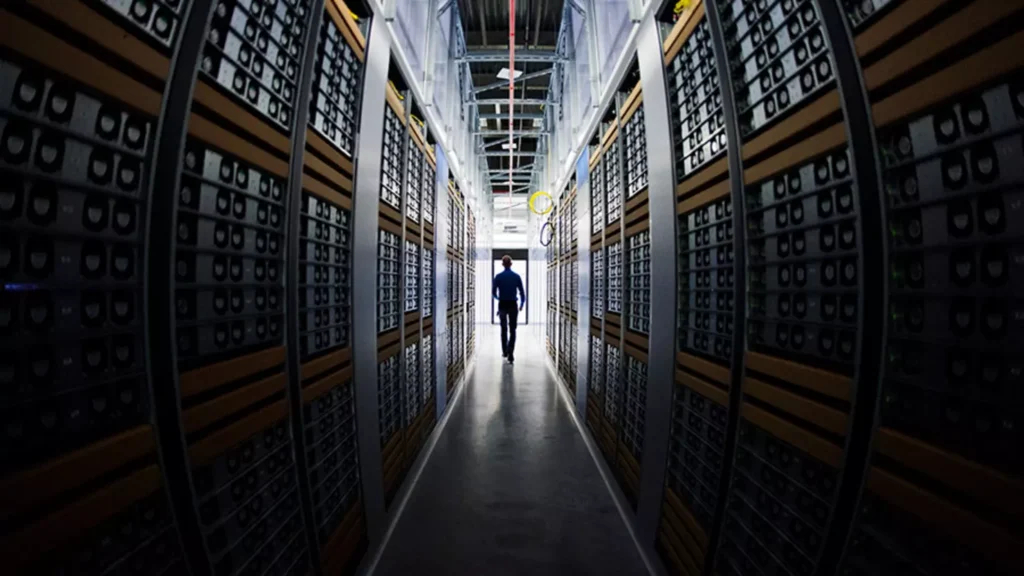
Why It Keeps Happening
Cloud infrastructure is extraordinarily complex. Thousands of interconnected systems run simultaneously, and any weak link can trigger cascading failures. Most organisations don’t regularly test full-scale failover scenarios. When something breaks, recovery takes time because dependencies stack on top of each other.
Analysts argue for multi-cloud strategies—spreading workloads across AWS, Google Cloud, and Microsoft Azure to avoid total downtime. But implementing that requires resources, planning, and technical expertise many smaller companies don’t have. For startups and mid-sized businesses, putting all their eggs in AWS’s basket remains the pragmatic choice.
The centralisation problem won’t solve itself. As more services migrate to the cloud, these single points of failure become more critical. The digital economy has handed enormous power to a handful of companies, and outages like this expose the risks.
What Amazon Said
Amazon’s official status page acknowledged “increased error rates” before narrowing the cause to DNS problems in DynamoDB APIs. Engineers promised updates every 30 minutes, though affected platforms continued experiencing intermittent issues for hours.
By early afternoon UK time—evening in the UAE—AWS reported finding a “potential root cause.” Services began slowly recovering, though full restoration took considerably longer. Amazon didn’t offer apologies, just technical updates written in careful corporate language.
For millions of users, those updates felt inadequate. Knowing there’s a “potential root cause” doesn’t help when your doorbell’s offline or your banking app won’t load.
Life Without Connectivity
The outage forced brief analogue living. Snapchat streaks broke. Smart home devices went dark. Offices relying on cloud-based productivity tools scrambled for alternatives. Gamers found themselves with unexpected free time.
It was a reminder of how invisible yet essential this infrastructure has become. We rarely think about AWS or DNS resolution or data centres in Northern Virginia. We just expect apps to work. When they don’t, the dependency becomes startlingly clear.
For UAE residents accustomed to world-class connectivity and seamless digital experiences, the disruption felt particularly jarring. This is a country where government services, entertainment, banking, and daily life all happen online. An AWS failure halfway around the world shouldn’t affect life in Dubai, but it absolutely did.
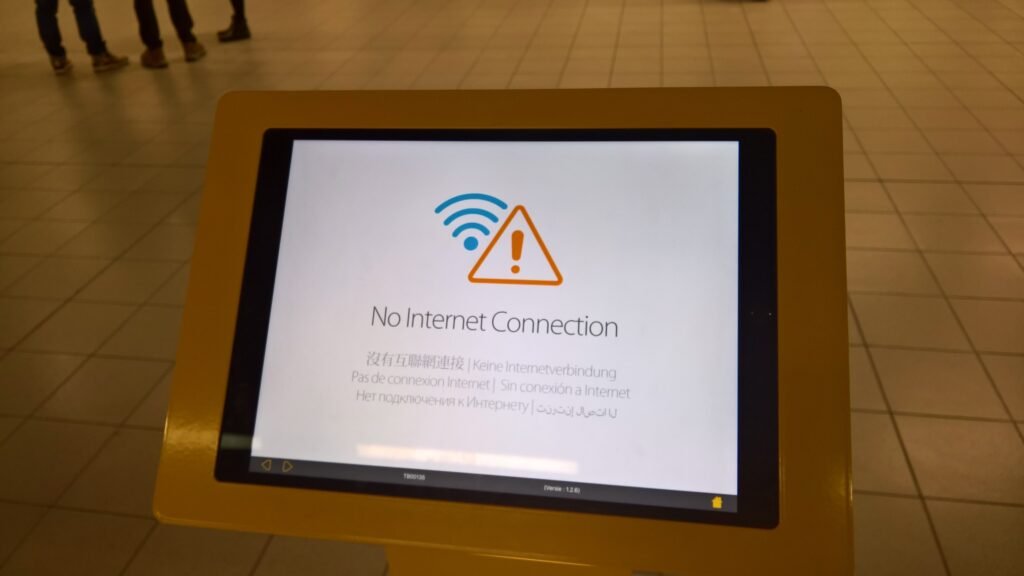
Moving Forward
Outages like this will happen again. The question isn’t if, but when. As digital services become more central to daily life, the stakes grow higher. A few hours of downtime is an inconvenience now. In five years, it could mean paralysed cities.
The solution requires diversification. Businesses need backup systems across multiple cloud providers. Governments should consider infrastructure sovereignty for critical services. Users might need to accept that “always-on” connectivity isn’t guaranteed—and plan accordingly.
For now, Snapchat’s back, Ring doorbells are recording again, and Duolingo streaks have been mercifully restored. The internet feels normal. But the fragility remains, hidden behind the interfaces we take for granted.
More Info
Amazon Web Services experienced DNS resolution failures in its US-EAST-1 region, triggering widespread disruptions across apps and websites globally.
Snapchat, Ring, Roblox, Fortnite, Canva, Duolingo, UK banks like Lloyds and Halifax, and the HMRC website all experienced significant downtime.
The outage began around 12pm UAE time and lasted several hours, with gradual service restoration as Amazon engineers addressed the underlying issues.
Yes. Centralised cloud infrastructure means similar failures can occur when major providers face technical issues. Multi-cloud strategies may reduce future risks.



